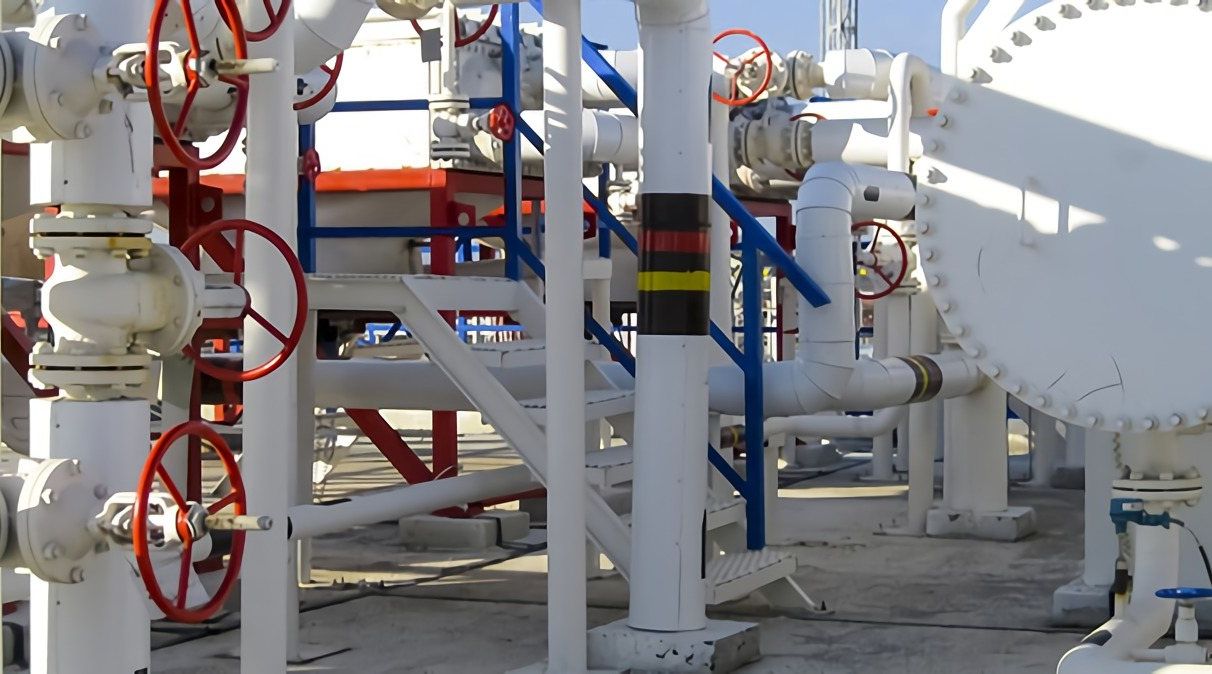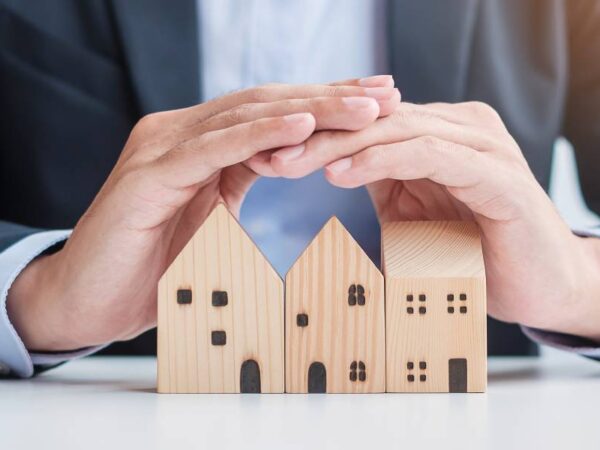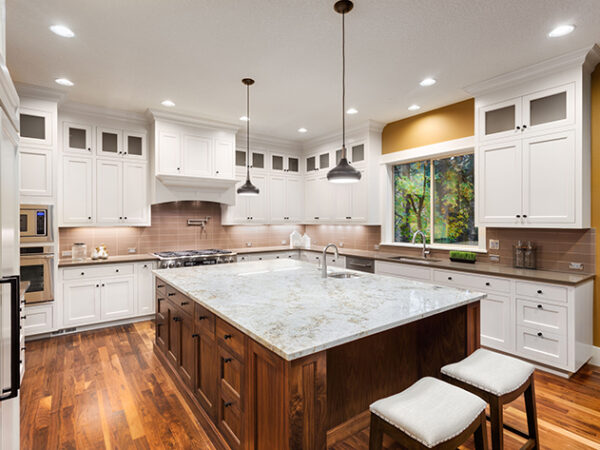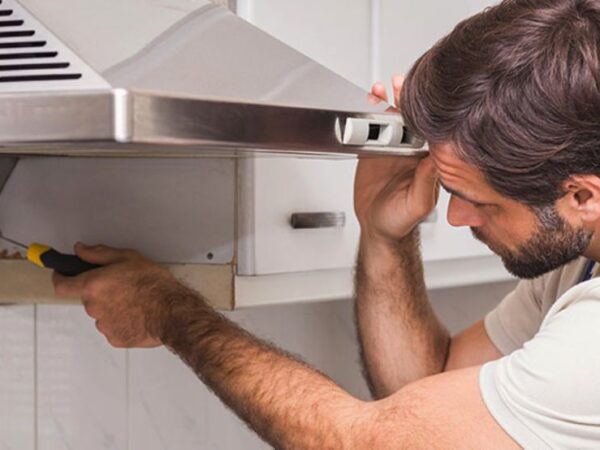Choosing the right fireplace for your home isn’t just about aesthetics; it significantly impacts how you live your daily life, not just during the winter months. When you choose an architect in Auckland to design and build your home, they work with you to determine which fireplaces will fit best with your home’s style and purpose, as well as how to incorporate the fireplace into the layout of your home to ensure maximum efficiency and optimal use by your family.
We asked Box™ interior designer Sam Elliot to give us some guidelines so you don’t get all hot and bothered about the decision.
What is the starting point for choosing a fireplace?
Decide on a fuel type. I find that our clients fall into two camps – those who are sold on the romance of a real open fire where gathering and stacking wood is part of the experience and those who are sick of the mess and stress and so opt for gas. Once upon a time, that was all the choice you had. These days, ethanol is another fuel type – a good alternative because fires don’t require a flue.
How do you integrate the fireplace into the design?
It depends on whether the room’s layout suits a built-in version or a freestanding one. Of course, wood burners are generally freestanding, and they do enhance the casual, rustic look of holiday homes. Our marketing director has a free-standing fire in the corner of his living room on Waiheke Island. As a residential architect, I encourage clients to look closely at the built-in option for gas or ethanol fires. One popular idea is to design the fireplace within a media wall near where the television will be. That makes furniture placement that much easier because the two natural focal points in the room are in the same direction. You don’t want a fireplace located behind a seating area.
Tell us more about ethanol.
It’s a sustainable resource made from plant materials such as corn or sugar. It comes in liquid form in a bottle you decant into the fireplace. We’ve recently installed some gorgeous hanging and pedestal fires that use ethanol. These Cocoon fires are like a space-age orb and complement our modernist designs. They have a stainless steel or matt-black finish and put out around 3.6 kilowatts of heat which would suit a room of 50-60 square metres. You can buy the orb and the pedestal separately so the fireplace can be used hanging in one area and then if you like, rotated and perched on top of the pedestal for a different look or to be moved to another position – even outside.
We’ve also recently installed a built-in ethanol fire built into some shelving in a holiday home in Pakiri. It has a custom-designed firebox to fit the space, so the sky is the limit.
What about heat pumps?
They are undoubtedly efficient, but many people prefer the ambience of a real fire. Usually, we’ll add a heat pump if it’s a two-level dwelling or the owners want it for air conditioning in the summer.
What’s the latest trend?
Outdoor fireplaces that you can cook on continue to evolve – some have pizza ovens – but if there’s room in the garden, we’ve seen a return to the 70s-style fire pits. These social places entertain with built-in seating, sunken into the section, around a fire which is excellent on the crisp winter evenings. In one recent job, we used an offcut from the kitchen benchtop to transform the fireplace into a low table for drinks and nibbles in summer. Many people don’t know that if you opt for a through-wall fireplace that punches through to the outside, only one side of the fire gives off substantial heat.





